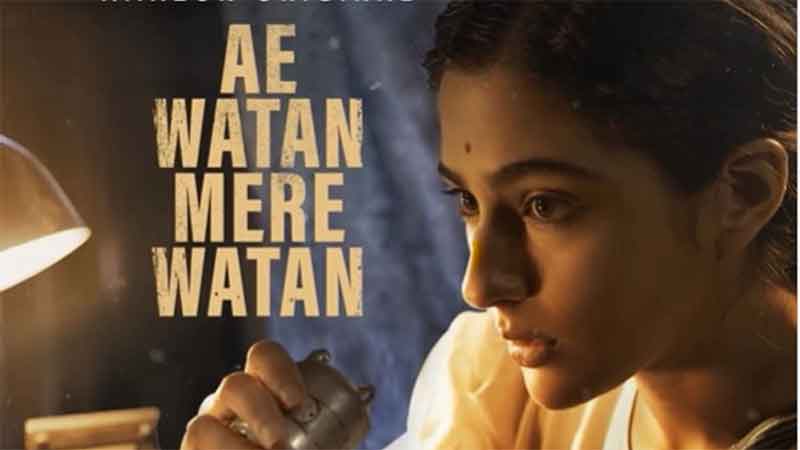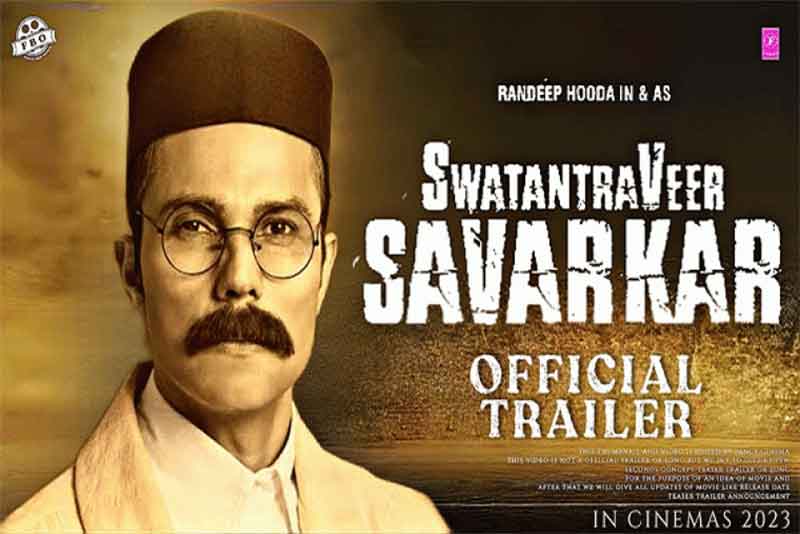
Cinematic aesthetic in a public space is defined by the sensibilities of such a space. Dictating these sensibilities becomes the privilege of a dominant hegemonic group. Consequently, it panders to clichés and tropes that simultaneously borrow from and lend to a collective imagination – strengthening it with each rendition. Eventually, repeat renditions become the unchallenged mainstay of a popular narrative, leading to stereotyped individual/communal identities and normalized beliefs and value systems sanctioned by the dominant social group. It relegates all voices of difference or dissent to the fringes, gradually obliviating them from the collective memory.
This has been the fate of The Dalit Cultural Identity in mainstream Hindi Cinema where the aesthetics of a Dalit identity are dictated by ‘Kachra’ from Lagaan (2001) or Bisra from Swades (2004). It is a hapless & submissive identity with no historical/cultural moorings, undermining & obliviating a vibrant historical & cultural legacy. Riding on the belief that the Dalit population is devoid of their own distinctive culture, it relegates them to an uncultured existence or espouses narratives of co-option.
Therefore, when film-makers like PA Ranjith, Nagraj Manjule & Somnath Wagmare contest this portrayal, it necessitates, nay demands, a concerted enquiry into its accuracy and authenticity. Rejection of a cultural identity by the very same people on whom it has been bestowed begs its revision. This article attempts to decode facets of The Dalit Identity and Culture through a study of Dalit cinema made by Dalit (and few non-Dalit) filmmakers. Through cinematic narratives seen in Kaala (2018), Asuran (2019) and Court (2014), I attempt to highlight few facets of The Dalit Culture, juxtaposing it against the conventional portrayal of Dalits in Hindi Cinema.
‘KAALA’
Kaala draws on subalternity and its centurial repression by dominant social groups – earlier through warfare and later through state and market coercion. The battle-scape of the narrative is the issue of slum rehabilitation, the pretext, one of cleansing and beautification of modern cities. Set in Dharavi, Mumbai, Kaala highlights the caste conflict that exists under the guise of a class conflict. Through multiple allusions to purity/impurity, good/evil and white/black, it highlights the ‘demonization’ of subaltern castes – earlier done through mechanisms of religious/scriptural sanction and now through those of economic & infrastructural development.
Kaala is a film about inverted juxtaposition. It picks two opposing identities – good and bad, protagonist and antagonist – and inverts the symbology associated with each. PA Ranjith’s protagonist Karikaalan (Rajnikant) is dressed in black, lives in an ‘impure/dirty’ environment (slums of Dharavi) but is honest and righteous. Conversely, his antagonist Haridev Abhyankar (Nana Patekar) is dressed in pristine white, lives in a ‘pure/clean’ environment but is driven by hubris and selfish interests. Thus, the film challenges notions of ‘pure/impure’, ‘clean/dirty’ & ‘right/wrong’ – the foundational principles of a casteist society birthed by various Brahminical scriptures.
The Dalits in PA Ranjith’s narrative may be poor – living in cluttered & unclean surroundings. but are dignified and assertive. They criticize and outrightly reject attempts for their co-option in the mainstream, Brahminical narrative.
‘ASURAN’
Like Kaala, Vetrimaaran’s Asuran attempts to re-rendition a narrative traditionally told from a Brahminical lens. It is the story of a Dalit farmer, Sivasami (Dhanush) and his fight to survive in an oppressive world dominated by a ruthless upper caste. The plot unfolds as Sivasami attempts to protect his younger son from upper caste violence having lost his elder son to it. Despite a grim plot, the film beautifully manages to retain the dignity, pride & righteousness of its Dalit characters.
The name ‘Asuran’ draws from the term ‘Asur’ & stands in opposition to ‘Sur’. In popular Brahminical parlance, ‘Asur’ means ‘demon, evil & bad’. Conversely ‘Sur’ signifies ‘God, pure & good’. However, in Dalit historical narratives, the Asurs are worshippers of Mahishasur, their king. This tradition of Mahishasur worship, practiced by Asur tribes across Madhya Pradesh, Chattisgarh and Jharkhand, tells tales of a treacherous defeat of Mahishasur at the hands of Durga. Thus, for Brahmins the Durga-Mahishasur story signifies victory of good over evil, but for the Asurs, it signifies death of their king followed by a destruction of their tribe. Eventually, these tribes were integrated in the SC/ST community – becoming a part of modern-day Dalits.
Therefore, the Director’s choice of ‘Asuran’ as a title for his film is an overt attempt at re-rendition of an uncontested & erroneous historical narrative.
‘COURT’
Tamhane’s court harshly critiques a prejudiced and/or indifferent Indian Justice System. He chooses to portray the Dalits at the receiving end of such apathy. Inspired by Anand Patwardhan’s documentary ‘Jai Bhim Comrade’, Tamhane’s Dalit character is a Lok Shahir who has been preposterously charged with instigation & abetment of suicide of a sewer cleaner.
Tamhane’s choice of a Dalit Lok Shahir is rooted in the Dalit Lok Shahiri tradition – existing since the times of Phule & Ambedkar. Through their songs & theatrical performances, Lok Shahirs keep alive narratives of Dalit rebellions and revolutions – invoking the greatest anti-caste revolutionaries and reformers. Given that prominent mass media platforms are predominantly controlled by upper castes, these theatrical street performances are instrumental in consolidating, educating and organizing Dalit masses.
This assertiveness imbedded in the Dalit culture is evident in Lok Shahir Wamandada Kardak’s poem.
“We are the lamps in the storm, lamps in the storm
We are hardly affected by the sun, the rain or the wind”
CONCLUSION
Such is the Dalit culture, as envisaged by Dalits. Rooted in the Phule-Ambekarite tradition, it employs scientific scrutiny, positivism and empiricism to contest the caste system. Through a methodical enquiry into the socio-historical provenance of Sanskritic texts, it contests their legitimacy & works towards dismantling their hegemonic narrative – choosing to re-rendition them & imbue them with Dalit subalternity. A culture of assertion, subversion and rebellion, it fights to reclaim its space in the public sphere through education, organization & agitation.
Non-Hindi films have embraced this Dalit Cultural Identity, asserting it in their cinematic narratives. The question remains, “When will Hindi Cinema join the bandwagon?”
Smita Dakhore is a Mumbai-based independent research consultant. Email Id: [email protected]
SIGN UP FOR COUNTERCURRENTS DAILY NEWSLETTER

















































